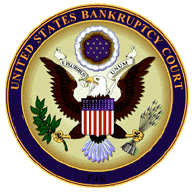Deprogramming is a tactic that attempts to help someone who has "strongly held convictions," coming from cults or any strongly held beliefs. Deprogramming aims to assist a person who holds a controversial or restrictive belief system in changing those beliefs and severing connections to the associated group which created and controls that belief system.
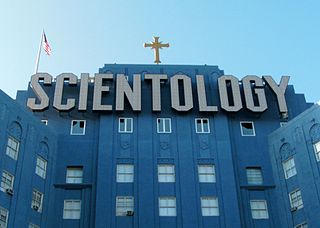
The Church of Scientology has been involved in court disputes in several countries. In some cases, when the Church has initiated the dispute, questions have been raised as to its motives. The Church of Scientology says that its use of the legal system is necessary to protect its intellectual property and its right to freedom of religion. Critics say that most of the organization's legal claims are designed to harass those who criticize it and its manipulative business practices.
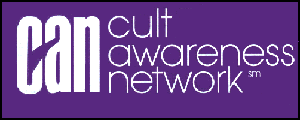
The Cult Awareness Network (CAN) was an anti-cult organization created by deprogrammer Ted Patrick that provided information on groups that it considered to be cults, as well as support and referrals to deprogrammers. It was founded in the wake of the 1978 cult mass murder/suicide at Jonestown, Guyana. After CAN lost a lawsuit and filed for bankruptcy in 1996, Scientologists were able to acquire CAN's name, phone numbers, assets, files and records, and reopened the organization under the name New Cult Awareness Network; the irony being that the Church of Scientology as a "cult" was one of CAN's main targets.
The anti-cult movement consists of various governmental and non-governmental organizations and individuals that seek to raise awareness of cults, uncover coercive practices used to attract and retain members, and help those who have become involved with harmful cult practices.
Anson D. Shupe, Jr. was an American sociologist noted for his studies of religious groups and their countermovements, family violence and clergy misconduct. He was affiliated with the New Cult Awareness Network, an organisation operated by the Church of Scientology, and had at least one article published in Freedom magazine.
Galen G. Kelly, born c. 1947, is a private investigator and Cult Awareness Network-associated deprogrammer. He was a former director for the Citizens' Freedom Foundation, a precursor to the Cult Awareness Network (CAN). He served as CAN's "security advisor." Kelly was raised in Accord, New York. He lives in Kingston, NY.

Stephen A. Kent is a professor in the Department of Sociology at the University of Alberta in Edmonton, Alberta, Canada. He researches new religious movements (NRMs), and has published research on several such groups including the Children of God, the Church of Scientology, and other NRMs operating in Canada.
Scientology has been referenced in popular culture in many different forms of media including fiction, film, music, television and theatre. In the 1960s, author William S. Burroughs wrote about Scientology in both fictional short stories and non-fictional essays. The topic was dealt with more directly in his book, Ali's Smile/Naked Scientology. The 2000 film Battlefield Earth was an adaptation of a novel by L. Ron Hubbard.
Cyril Ronald Vosper was an anti-cult leader, former Scientologist and later a critic of Scientology, deprogrammer, and spokesperson on men's health. He wrote The Mind Benders, which was the first book on Scientology to be written by an ex-member, and the first critical book on Scientology to be published.
Moxon & Kobrin is a "captive" law firm of the Church of Scientology, meaning that it has no other clients apart from Scientology-affiliated entities. Its headquarters are located in Burbank, California. Wilshire Center Business Improvement District. Its members are: Kendrick Moxon, Helena Kobrin, and Ava Paquette.
Timothy Bowles is an American attorney who served as general legal counsel for the Church of Scientology International for eight years. In addition to his legal practice, he also serves as the executive director of Youth for Human Rights International, is a Commissioner on the Board of Advisors of the Citizens Commission on Human Rights and has helped establish other social organizations sponsored by the Church of Scientology, including Narconon and Applied Scholastics.

Freedom is a magazine published by the Church of Scientology since 1968. The magazine describes its focus as "Investigative Reporting in the Public Interest." A frequent topic is psychiatry, which Scientology strongly opposes.

Scientology status by country describes the status of Scientology and its recognition as a religion in varying contexts or in different countries. The Church of Scientology pursues an extensive public relations campaign for state recognition of Scientology as a religion.

Scientology is a set of beliefs and practices invented by the American author L. Ron Hubbard, and an associated movement. It has been variously defined as a cult, a business, or a new religious movement. Its adherents are called Scientologists. The largest exponent of Scientology is the Church of Scientology, a centralized and hierarchical organization based in Florida and California, although practitioners exist independently of the Church, in what is called the Free Zone. Estimates put the number of Scientologists at under 40,000 worldwide.

The Family Survival Trust (FST) is a charity registered in the United Kingdom, established in order to support and offer counselling for members of abusive cults, religions, and similar organizations, and their families members.

Rick Alan Ross is an American deprogrammer, cult specialist, and founder and executive director of the nonprofit Cult Education Institute. He frequently appears in the news and other media discussing groups some consider cults. Ross has intervened in more than 500 deprogramming cases in various countries.
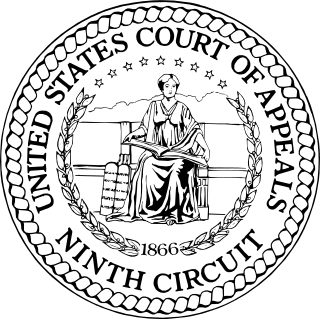
The Jason Scott case was a United States civil suit, brought against deprogrammer Rick Ross, two of his associates, and the Cult Awareness Network (CAN), for the abduction and failed deprogramming of Jason Scott, a member of the United Pentecostal Church International. Scott was eighteen years old at the time of the abduction and thus legally an adult. CAN was a co-defendant because a CAN contact person had referred Scott's mother to Rick Ross. In the trial, Jason Scott was represented by Kendrick Moxon, a prominent Scientologist attorney.

The Church of Scientology has operated in Germany since 1970. German authorities estimate that there are 4,000 active Scientologists in Germany as of 2020; the Church of Scientology gives a membership figure of around 12,000. The Church of Scientology has encountered particular antagonism from the German press and government and occupies a precarious legal, social and cultural position in Germany.

Scientology was founded in the United States by science fiction author L. Ron Hubbard and is now practiced in many other countries.
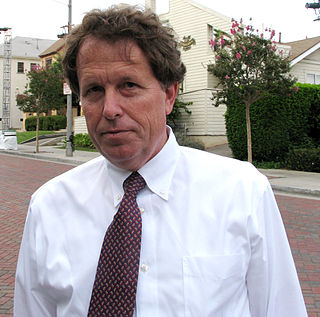
Kendrick Lichty Moxon is an American Scientology official and an attorney with the law firm Moxon & Kobrin. He practices in Los Angeles, California, and is a lead counsel for the Church of Scientology. Moxon received a B.A. from American University in 1972, and a J.D. degree from George Mason University in 1981. He was admitted to the Washington, D.C. bar association in 1984, and the State Bar of California in 1987. Moxon's early work for the Church of Scientology involved legal affairs, and he also held the title of "reverend". He worked out of the Scientology intelligence agency known as the Guardian's Office (GO), and was named as an unindicted co-conspirator after the Federal Bureau of Investigation's investigation into criminal activities by Scientology operatives called "Operation Snow White". An evidence stipulation in the case signed by both parties stated he had provided false handwriting samples to the FBI; Moxon has since said that he did not "knowingly supply" false handwriting samples.
